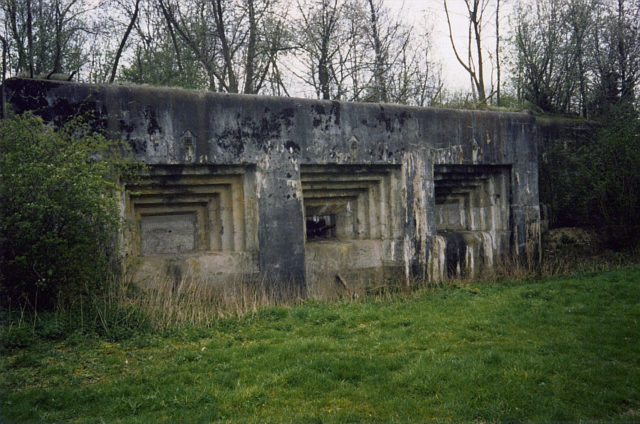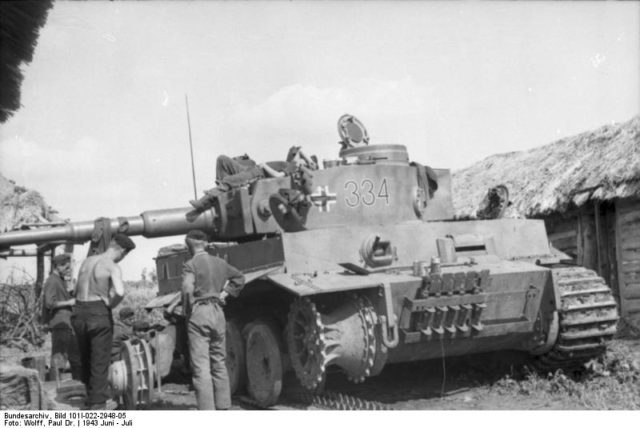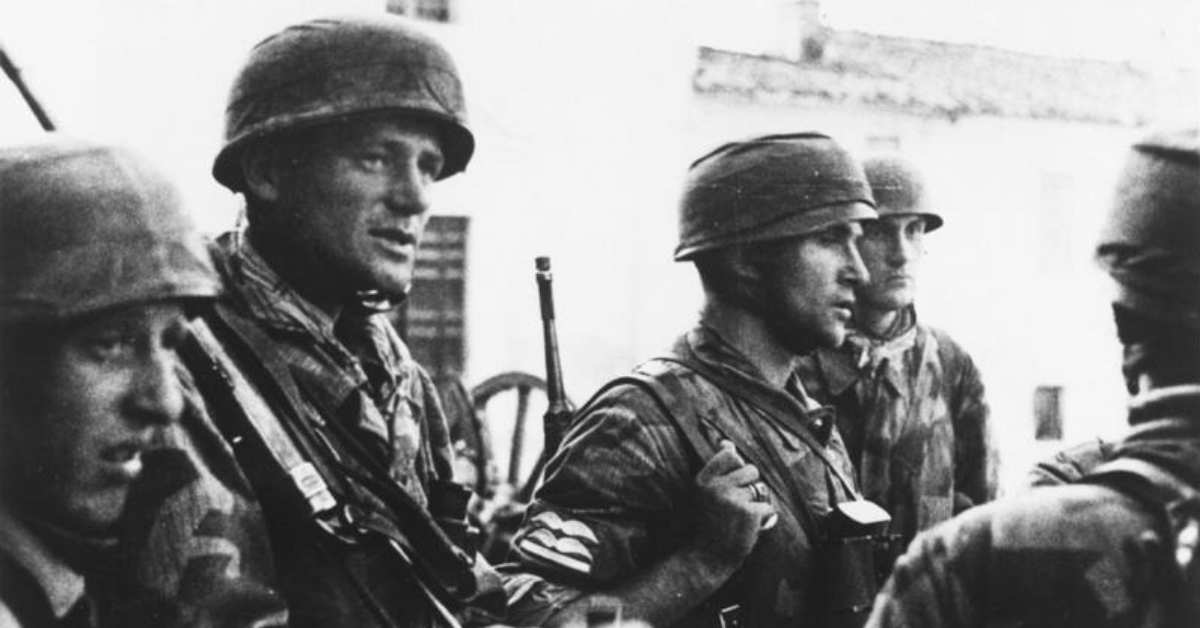Few men can say that, at the age of 23, they led an attack of historical significance. That is exactly what happened to Rudolf Witzig, a young German paratroop officer who defeated a modern fort on the first day of Hitler’s war in the west.
Early Life
Born in Germany on August 4, 1916, Rudolf Witzig grew up in a nation ruined by war. Academically gifted, he paired direct experience of his country’s economic depression with an understanding of how it had occurred.
In April 1935, the 18-year-old Witzig enlisted in the 16th Pioneer Battalion. Due to his academic achievements, he was selected for officer training. He attended the Pioneer School and the War Academy, then spent half a year as a platoon commander in the 31st Pioneer Battalion.
In August 1938, he transferred to the Parachute Battalion as part of its pioneer platoon. There he received airborne training and learned about advanced techniques for military engineers.
By the fall of 1939, Witzig was a lieutenant commanding the Paratroop Pioneer Platoon. There, his unique set of skills drew the attention of Captain Walther Koch who was assembling a secret elite unit for a special mission. Witzig joined that unit.
Eben Emael
For six months, Koch’s battalion trained for their mission. They were the first wave of the German attack on Belgium, France, and Holland, taking out key defensive positions in the low countries. As commander of the pioneer platoon, Witzig led the assault on Eben Emael during the very first hours of the war in the west.
The Belgian fortress of Eben Emael was a monster of reinforced concrete and heaped earth, sitting on a cliff top position above the Albert Canal. It had its own ammunition stores, power station, and hospital. Its guns dominated the surrounding area. Its defeat was vital to the German advance.
To take it out, 85 men in 11 gliders had to land almost simultaneously on top of the fort, an area of only 900 meters by 800 meters. They then had ten minutes to take out the fortress’s armored gun cupolas.
Two gliders were lost on the way, including Witzig’s. When he arrived at the fort three hours late, his men had taken out their initial targets. Under his command, they launched aggressive patrols against the Belgians and blew up entrances to the fort. 750 Belgian soldiers eventually surrendered to less than 100 Germans.
Witzig’s first major command had been a dazzling success.

Crete
Following the success at Eben Emael, Witzig was awarded the Knight’s Cross of the Iron Cross. He then served for a while as Marshal Goering’s adjutant.
Returning to active duty, Witzig was in command of the 3rd Battalion of the Air Landing Assault Regiment. They participated in the invasion of Crete, one of the greatest aerial attacks in military history. As part of the fighting around the critical Maleme airfield, he led his men in an assault on a high point. The assault was a success, but he was wounded. He was evacuated to Athens and then Germany to recover.
Tunisia
Following Crete, the paratroop pioneer unit became the Corps Pioneer Battalion, as paratroop forces were increased. Witzig was given command of the unit.
As the Allies pushed the Germans back in North Africa, troops were rushed to counter them. Witzig’s Battalion, though not yet fully raised, was sent to Tunisia. Amid the chaos on their arrival, they initially had no vehicles.
A company of tanks and another of Italian anti-tank troops were added to Witzig’s forces, which became Battlegroup Witzig.
In February 1943, Witzig’s forces played a prominent part in the offensive around Medjez el Bab. Using satchel charges and close quarters weapons, his pioneers took out British armored fighting vehicles in intense close combat. When the advance stalled, Witzig was ordered to attack again – against his better judgment. The second attack was a costly failure. By April, Witzig’s entire battalion contained only 33 men.
As North Africa fell, Witzig was ordered to try to reach Italy. He split his forces. Some of them made it out of Africa, including Witzig.

Russia
Major Witzig was then put in charge of the 1st Battalion of the new Paratroop Pioneer Regiment. By then paratroopers were seldom used for airborne landings. Instead, they were used as elite infantry.
With the Russians advancing, Witzig and his men were sent east to reinforce the front. In the summer of 1944, they fought an intense battle against the Red Army along the Kovno-Duena road.
Waiting until the Russian tanks were only 200 meters away, the pioneers leaped from their trenches and attacked the tanks with bazookas, panzerfausts, and satchel charges. They then fought off a massed attack by Russian infantry, before coming under pressure from a flanking maneuver.
Separated from the rest of the German forces, Witzig regrouped his men and marched for a day back to the German lines. By the standards of the front, theirs had been a remarkable success, holding up the Russians for two days. It had cost them a terrible loss of lives, and still, the Soviets kept coming.
Germany
After taking part in the fighting retreat to Germany, Witzig was put in charge of the new 18th Paratroop Regiment. The unit was sent to the western front, to fight the advancing British, Americans, and Canadians.
It was a hopeless situation. Witzig was repeatedly forced to retreat in the face of heavy tank attacks.
When the war ended, he entered captivity with his men. He was released after a few months. In 1956, he returned to the military as a pioneer officer. He served as an equipment inspector and at the pioneer school, rising to the rank of colonel before retiring in 1974.
Source:
James Lucas (1996), Hitler’s Enforcers: Leaders of the German War Machine 1939-1945
